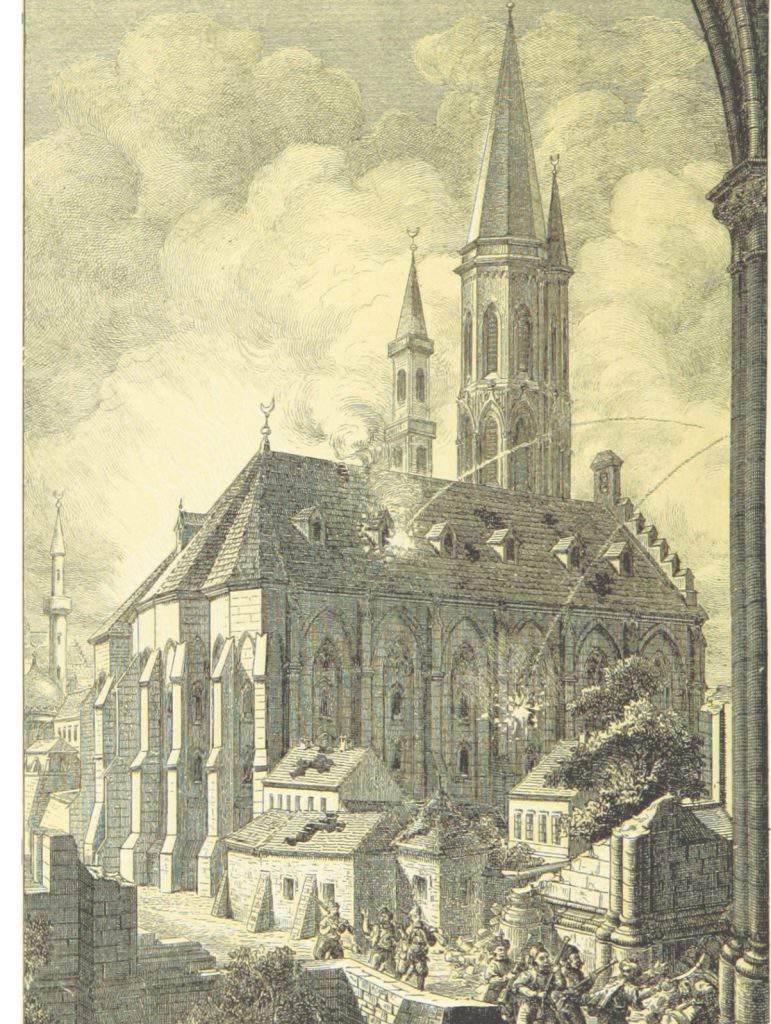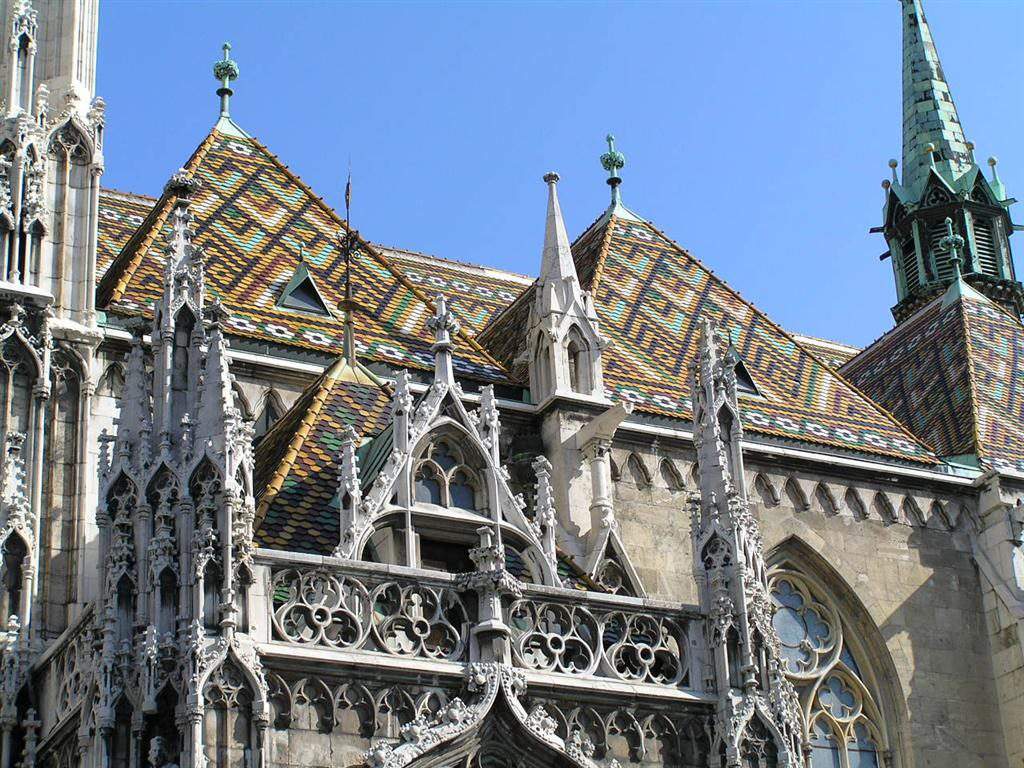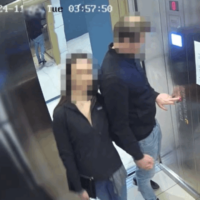10 interesting facts about Matthias Church
Matthias Church has been the venue of historical events for centuries. It was the building where the crowned kings showed themselves to the population of the capital. It was also the church where deceased monarchs were laid out, and the living ones swore their oaths.
Though people living in Budapest might walk by the magnificent monument, we tend to know only a little about one of the capital’s most brilliant jewel. Magyarorszagom.hu collected ten facts about Nagyboldogasszony Church that most people are not aware of.
- The origin of the name
Naturally, the church was named after King Matthias as he was the most generous supporter of the construction. The southern tower — which is 80 meters tall — also bears his name, because he ordered its restoration and marking it with his symbol, the raven. Matthias was married twice, both ceremonies being held here: one of the gates preserves the memory of the second one with Beatrice of Naples.
- The oldest church in Budapest
Its construction began in 1255 during the reign of Béla IV, who was rebuilding the country after the Mongolian raids of 1241-1242. That is the reason why one of the towers bears his name. You can read more about the construction here.

Photo: Wikimedia Commons
- It is the coronation church of Hungary
Multiple monarchs were crowned in this building, including Charles Robert, Austrian-Hungarian emperor Franz Joseph I and the last king of Hungary, Charles IV. The church also used to preserve the symbols and banners of past military campaigns.
- The Nagyboldogasszony Church
The first Christian ruler of Hungary, Saint Stephen I offered the country for Virgin Mary, so she became the patron of Hungarians. A statue of Mary wearing the replica of the Sacred Crown stands at the main altar.
- It was used as a mosque
Matthias Church used to be Buda’s primary mosque during the Ottoman occupation of the country. After the Muslims conquered the capital in 1541, they painted the walls white and covered the inscriptions with citations from the Quran. It was later used as armoury and stables.
- The bell toll at noon
The legend claims that it was the bell tower of Matthias Church where they first ringed the bells celebrating the victory at Nándorfehérvár (Belgrade) in 1456.
Whether if it is true or not, the Hungarian Television aired the bell toll of Matthias Church’s Szent Károly bell every noon between 1994 and 2011.
- The resting place of a royal couple
The remains of Béla III and Anna of Antioch were found in Székesfehérvár. They were later placed in Matthias Church for their final rest.
- It was the first place where Franz Liszt’s Coronation Mass was played
World-famous composer Franz Liszt composed the mass for Emperor Franz Joseph I. This lead to the monarch’s generous support of the royal organ’s renewal. This organ became a public attraction with its unique, powerful sound.

Photo: Wikimedia Commons
- Handmade Zsolnay tiles were used
The fascinating coloured ceramic tiles of the church were made by the famous Zsolnay Manufacture, giving the building a mild modern taste.
- World War II devastated it
During the siege of Budapest, the capital suffered heavy losses. Fortunately, some of the church’s valuables managed to evade the damage: these include the painted window glasses made by Bertalan Székely and Károly Lotz, which were hidden during the war so that they can be still seen in their original form on the Southern side of the church.
Source: Magyarorszagom.hu
please make a donation here
Hot news
Top Hungary news: American woman with Irish murderer on VIDEO, Prince Buda and Princess Pest – 24 November, 2024
Opposition leader Magyar banned from Hungarian children’s homes, welcomed by crowds in “Fidesz’s capital”
One of the world’s most beautiful libraries is in Budapest, and it’s turning 120 – PHOTOS
Have you ever heard the story or seen the statue of Prince Buda and Princess Pest? – PHOTOS
Hungary proud on scientists, increased R+D sector funding significantly
American teacher faces expulsion from Hungary after a 10-year career in Budapest




